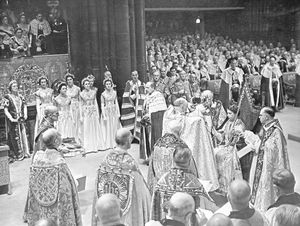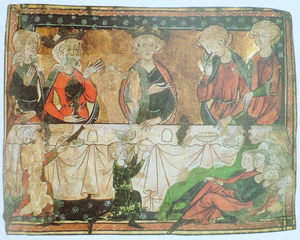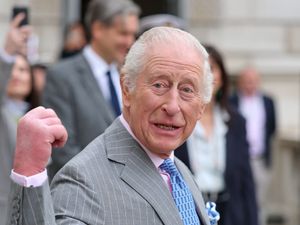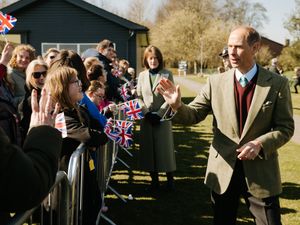When was Westminster Abbey built? History of church dates back 1,000 years
Westminster Abbey is the venue for the Queen's funeral - an historic site which played an important part in Her Majesty's life.

The Queen’s most-defining milestones took place at the Abbey, both in terms of her personal happiness and her public duty.
Westminster Abbey was where the 21-year-old Elizabeth, then a Princess, married Philip on Thursday, November 20 1947, and also where she was crowned in her Coronation on June 2 1953.
The Abbey was also the site of romantic royal celebrations for the Queen.
Her daughter, Princess Anne married Captain Mark Phillips in the church in 1973, while her second son, the Duke of York, wed Sarah Ferguson in 1986.
In 2011, her grandson, the Duke of Cambridge – now the Prince of Wales, exchanged vows with Kate Middleton as millions watched across the globe.
The Queen has also attended thanksgivings or commemorative events such as a service to mark the 60th anniversary of the Duke of Edinburgh’s Award scheme in 2016 at the Abbey.
The church was also a reminder of the loss of her mother, Queen Elizabeth the Queen Mother, and former daughter-in-law, Diana, Princess of Wales.
The Queen Mother’s funeral was held at the Abbey in 2002, five years after Diana’s.
The Gothic church – whose official title is the Collegiate Church of St Peter, Westminster – has been the venue for crowning monarchs in England since 1066.
Where is Westminster Abbey?
Westminster Abbey is located in the City of Westminster, Central London.
When was Westminster Abbey built?
Westminster Abbey dates back to the 11th century between 1042 and 1052, under the reign of Edward the Confessor.
Edward, son of King Ethelred 'the Unready', was exiled from England by the Danes. Legend has it that he vowed to make a pilgrimage to St Peter's, Rome should he ever return to his kingdom. However, once on the throne he was unable to leave his subjects, so the Pope released him from his vow on the condition he founded or restored a monastery to St Peter. This led to the building of a new church in the Norman style to replace the Saxon church at Westminster.

The Abbey at Westminster was consecrated on Holy Innocents' Day, December 28, 1065, but the King was ill and unable to be present at the service. This original church was mostly demolished by King Henry III to build the Gothic structure we see today, in honour of Edward.
Demolition of the previous church began in 1245, starting with the eastern section. Henry III was said to be 'recklessly extravagant in the money spent on the Abbey and its lavish decoration', with the cost estimated to be around £45,000 - around £15 million in today's money.
Consecration of the new church took place on October 3 1269, but building ceased three years later when Henry died and was completed at a much later date, leaving part of the older ttached to the Gothic building for many years. In the cloisters the Pyx chamber and the Undercroft still remain from Edward's 11th-century church. On each side of the door into the Pyx masons marks can be seen on the walls.
Between 1503 and 1519 a new Lady Chapel was built by King Henry VII to replace the one constructed in the 13th century. It was consecrated February 19 1516.
The last major build was the construction of the Western Towers between 1722 and 1745, built using Portland stone, to a design by Nicholas Hawksmoor, the Abbey's Surveyor. John James, his successor as Surveyor, finished the work.
Who is buried at Westminster Abbey?
Westminster Abbey is the resting place of 17 monarchs, including Charles II and Elizabeth I.
However, Queen Elizabeth II will not be buried at Westminster Abbey, but will instead be laid to rest in the King George VI Memorial Chapel.
The chapel, named after her father, already contains the coffins of her father King George VI - who the chapel is named after and Queen Elizabeth the Queen Mother, as well as the ashes of her sister, Princess Margaret.
The coffin for Prince Philip, who died last year, is also being moved from the Royal Vault to the chapel to be alongside the Queen.





